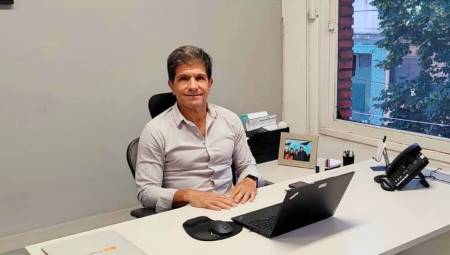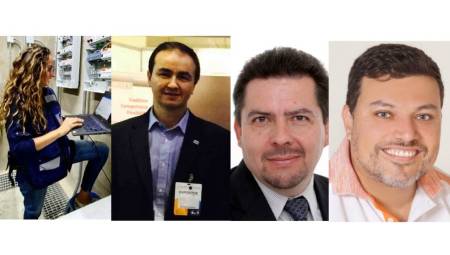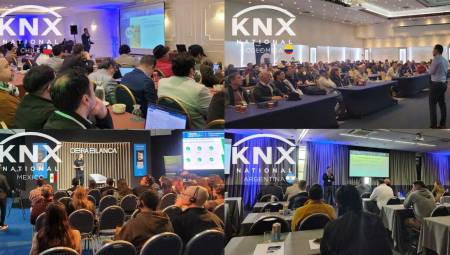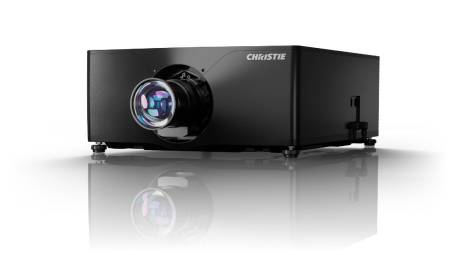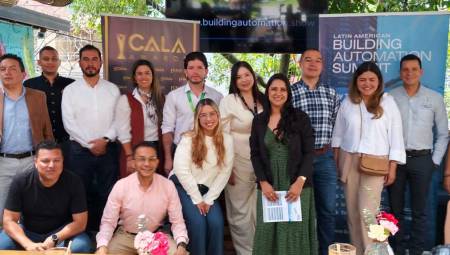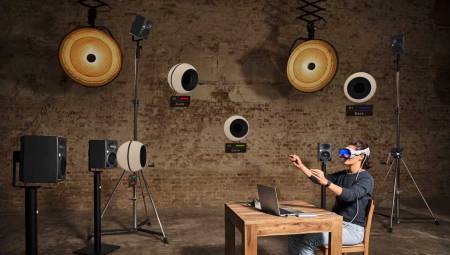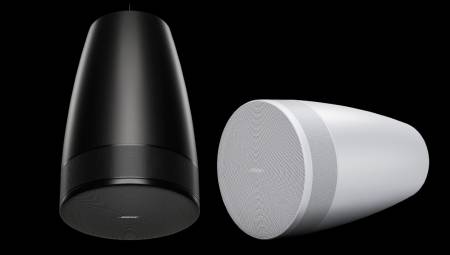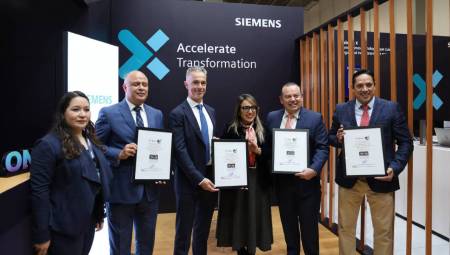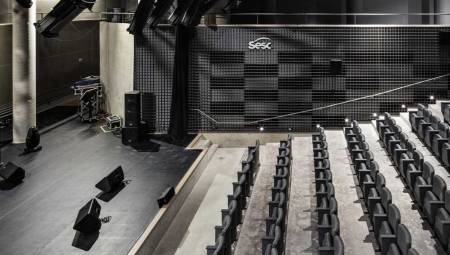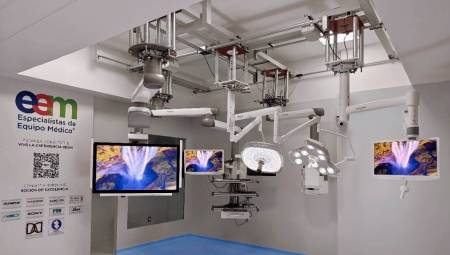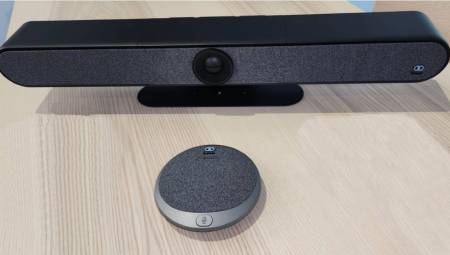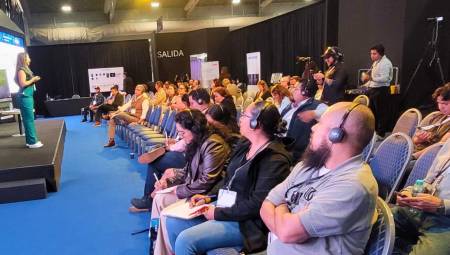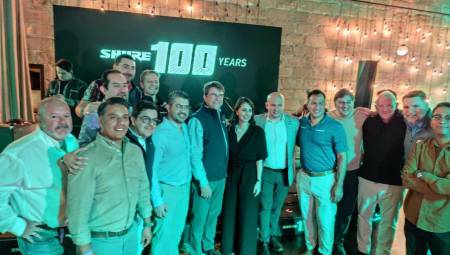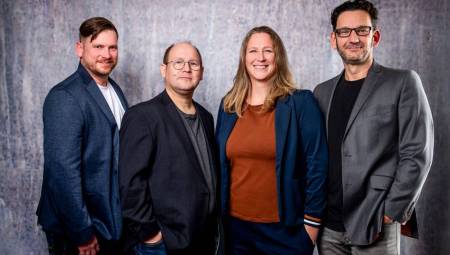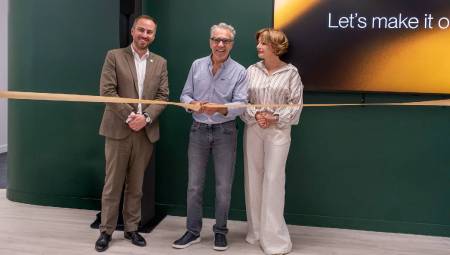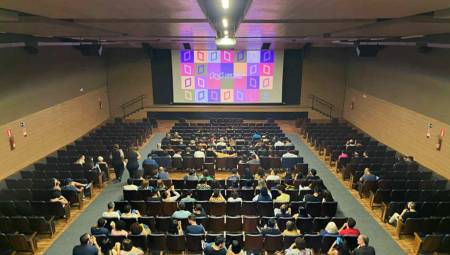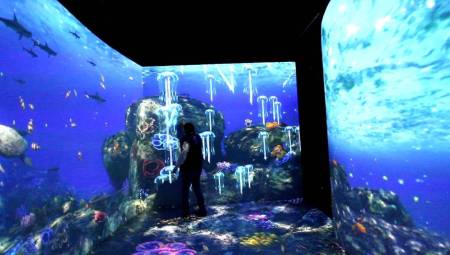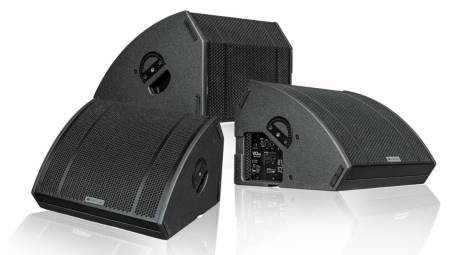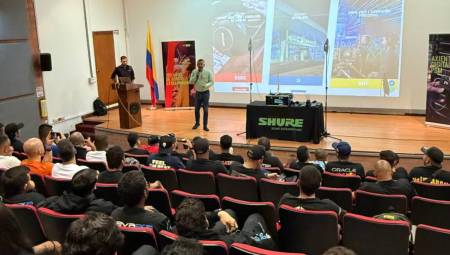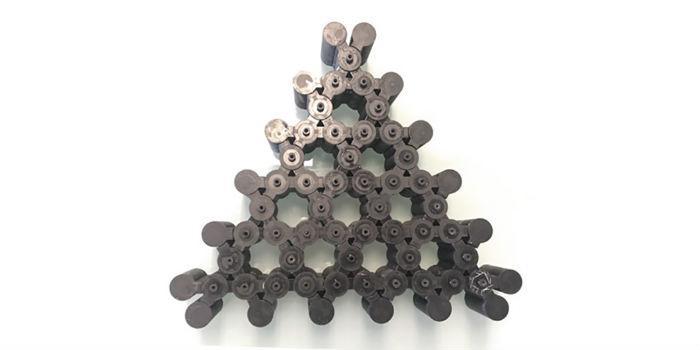 International. Researchers at the Advanced Science Research Center (ASRC) at The Graduate Center at The City University of New York and at the City College of New York (CCNY) have developed a metamaterial that can carry sound in unusually solid ways along its edges and locate it at its corners.
International. Researchers at the Advanced Science Research Center (ASRC) at The Graduate Center at The City University of New York and at the City College of New York (CCNY) have developed a metamaterial that can carry sound in unusually solid ways along its edges and locate it at its corners.
According to a paper published in Nature Materials, the material creates a robust acoustic structure that can unusually control the propagation and localization of sound, even when there are imperfections in manufacturing. This unique property can enhance technologies that use sound waves, such as sonars and ultrasound devices, making them more resistant to defects.
The research is a collaboration between the laboratories of Alexander Khanikaev, a professor in the departments of electrical engineering and physics at CCNY who is also affiliated with the ASRC, and Andrea Alù, director of the ASRC Photonics Initiative. His breakthrough is based on work that brought a field of mathematics called topology to the world of materials science. Topology studies the properties of an object that are not affected by continuous deformations. For example, a donut is topologically equivalent to a plastic straw, as both have a hole. One could be molded into the other by stretching and deforming the object, and without tearing it or adding new holes to it.
Using topological principles, the researchers predicted and then discovered topological insulators, special materials that conduct electric currents only at their edges, not at volume. Their unusual conduction properties come from the topology of their electronic band and are therefore unusually resistant to continuous changes, such as clutter, noise or imperfections.
"There has been a lot of interest in trying to extend these ideas of electric currents to other types of signal transport, particularly to the fields of topological photonics and topological acoustics," says Alù. "What we're doing is building special acoustic materials that can guide and localize sound in very unusual ways."
To design their new acoustic metamaterial, the team 3D printed a series of small trimers, arranged and connected in a triangular latticework. Each trimer unit consisted of three acoustic resonators. The rotational symmetry of the trimers, and the generalized chiral symmetry of the lattice, gave the structure unique acoustic properties that come from the topology of its acoustic band.
The acoustic modes of the resonators hybridized, resulting in an acoustic band structure for the entire object. As a result, when sound is played at frequencies outside the band range, it can propagate through most of the material. But when sound is played at frequencies within the band interval, it can only travel along the edges of the triangle or be located at its corners. This property, says Alù, is not affected by clutter or manufacturing errors.
"It could completely remove a corner, and what is left will form the new corner of the lattice, and it will still work in a similar way, due to the robustness of these properties," Alù said.
To break these properties, the researchers had to reduce the symmetry of the material, for example, by changing the coupling between the resonator units, which changes the topology of the band structure and thus changes the properties of the material.
"We have been the first to build a topological metamaterial for sound that supports different forms of topological localization, along its edges and at its corners," Khanikaev said. "We also demonstrate that advanced manufacturing techniques based on 3D printed acoustic elements can realize geometries of arbitrary complexity on a simple and flexible platform, opening up disruptive opportunities in the field of acoustic materials. We have recently been working on more complex 3D metamaterial designs based on these techniques, which will further expand the properties of acoustic materials and expand the capabilities of acoustic devices."
This research is the result of a collaborative effort funded by the Defense Advanced Scientific Research Projects Agency 'DARPA) Birth Program and the National Science Foundation's (NSF) EFRI program.









